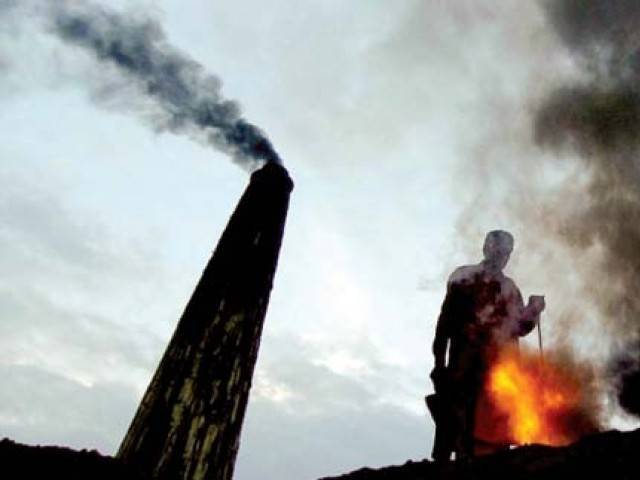
Whilst in broad terms we welcome this development — after all any education is better than no education at all — it needs to be coupled with at the very least the provision of basic health care in the brick fields and the development of dedicated Basic Health Units (BHU). They must be staffed by medical personnel familiar with the respiratory and other ailments that are specific to those working in the kilns — and this includes adults as well as children. Furthermore, there needs to be registration of every kiln and the requirement that it provide time-off for the children of its workers to be educated. Child labour in Pakistan is not going away any time soon. It is an embedded part of the economy in the majority of the country. In the past, the children who sewed footballs in Sialkot received media attention, but there are an estimated 11 million children aged four to 14 (data ‘Save the Children’) employed in factories and industry in the widest sense, the majority of whom are out of school of any sort. The initiative in Punjab addresses the tip of the iceberg, and it is now for other provinces to match and exceed it.
Published in The Express Tribune, January 23rd, 2016.
Like Opinion & Editorial on Facebook, follow @ETOpEd on Twitter to receive all updates on all our daily pieces.










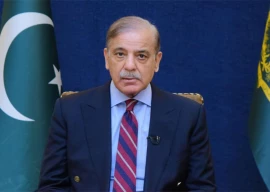

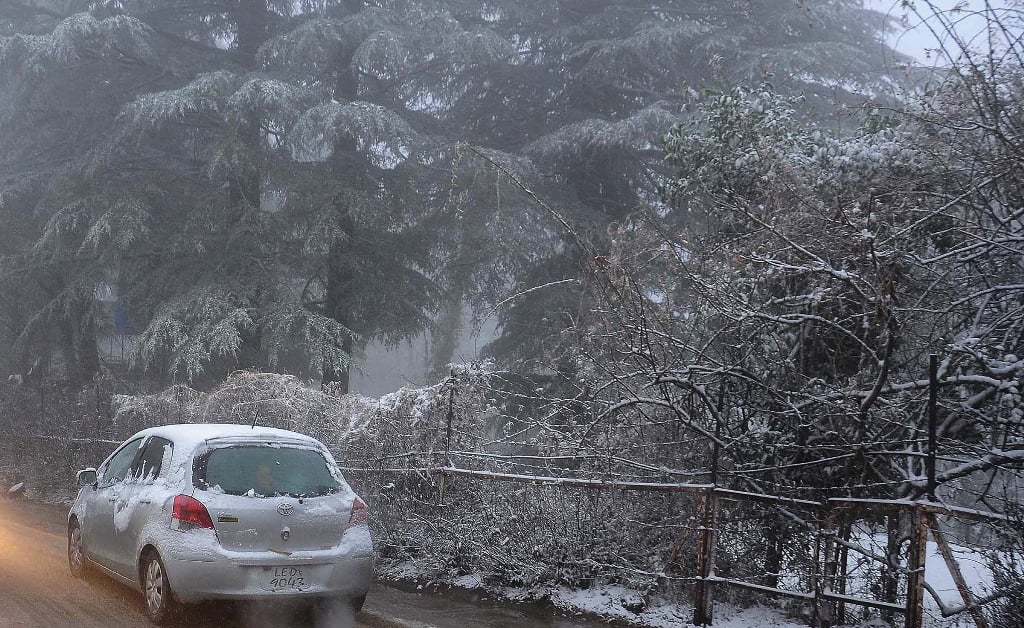



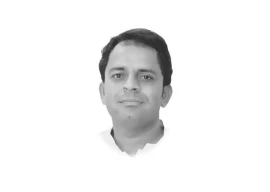

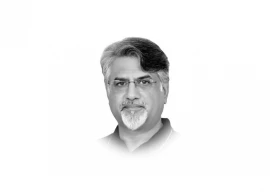
COMMENTS
Comments are moderated and generally will be posted if they are on-topic and not abusive.
For more information, please see our Comments FAQ